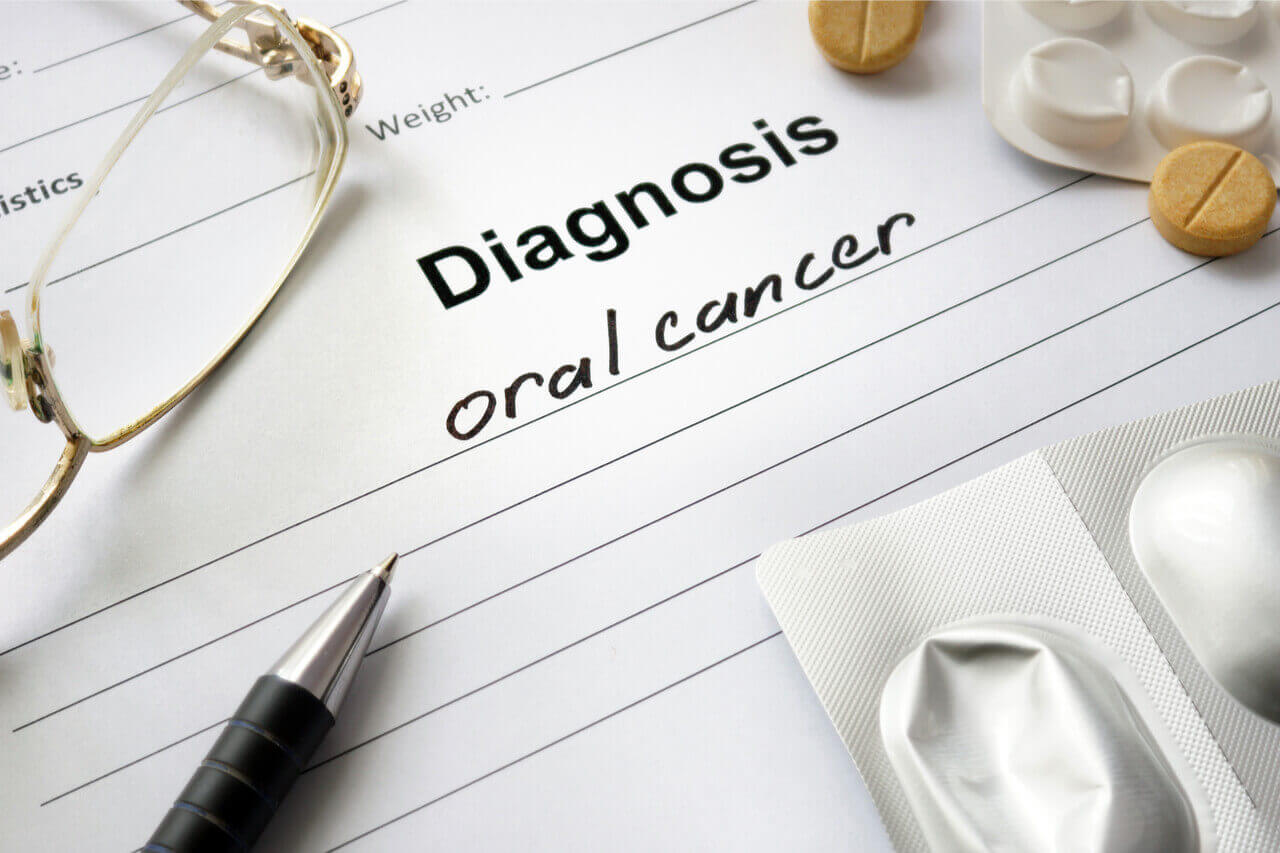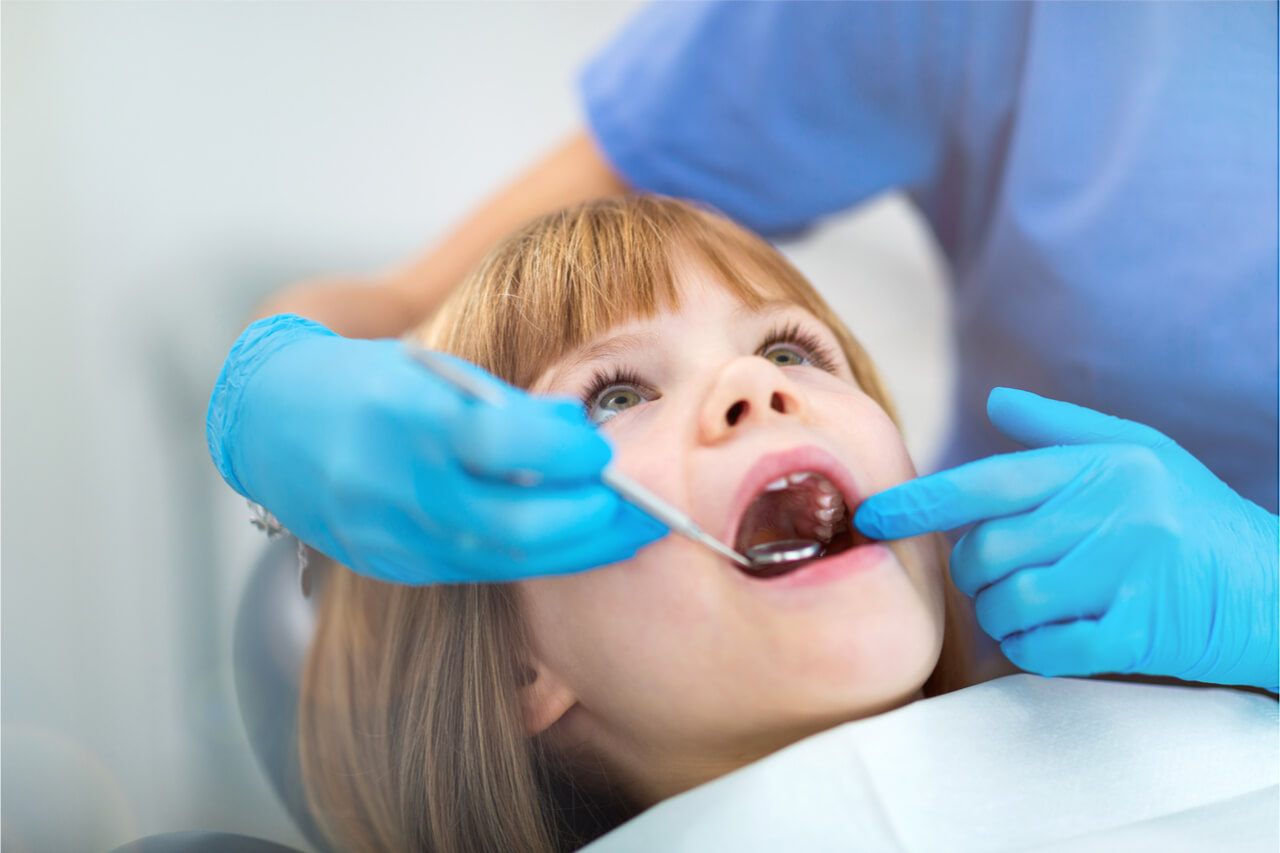
Oral dysplasia and risk of progression to cancer
2019-11-25This article may be confused with a clinical study trial with the same title, and it is understandable because that study eventually showed the relationship between these two severe dental problems. Let us dig deeper and simplify the discussion between the oral dysplasia and risk of progression to cancer so we can understand how these dental issues come about and find ways on how to prevent them. If after reading this you feel that you may be at risk of developing any of these, contact the dental clinic nearest to you or visit their site to know more.
Oral dysplasia: The overview
Oral dysplasia, as others would mistakenly assume, is not a form of oral cancer. This condition is characterized by the growth of abnormal cells that are precancerous in nature. This dental issue can be seen as part of leukoplakia or erythroplakia which are white or red patches found in our mouths, respectively. Oral dysplasia is correlated to cancer because they are also abnormal cells that grow inside the mouth, and if they are left untreated, they have a higher tendency to develop into cancer.
Oral cancer: A brief background
When we talk about oral cancer, this is a collective name of different types of cancer that affect not just the mouth but the surrounding body parts or organs inside it. Here are some of the different types of oral cancers that are prevalent and popularly known today.
- Squamous cell carcinoma (SCC) which can affect the oropharynx or mouth
- Salivary gland cancer or adenocarcinoma
- Adenoid cystic tumors of the parotid gland
- Basal cell carcinoma found on lips
- Lymphoma on the base of tongue or tonsils (lymph nodes)
- Melanoma on the skin or inside the mouth, lip, or nose
Oral dysplasia and risk of progression to cancer: The link
 The connection between oral dysplasia and risk of progression to cancer would start with a clear diagnosis of oral dysplasia which is a precancerous medical condition. As mentioned earlier, this abnormal growth is shown as patches in the mouth. The doctor must then perform a biopsy from a sample tissue and if dysplasia is confirmed, certain instructions to eliminate the growth will be given. This includes smoking cessation and decreased alcohol intake, as these two have been found out to greatly affect the presence of the patches. If left untreated, these abnormal cells will then have a higher tendency to develop further into cancerous cells that can affect any part of the oral cavity.
The connection between oral dysplasia and risk of progression to cancer would start with a clear diagnosis of oral dysplasia which is a precancerous medical condition. As mentioned earlier, this abnormal growth is shown as patches in the mouth. The doctor must then perform a biopsy from a sample tissue and if dysplasia is confirmed, certain instructions to eliminate the growth will be given. This includes smoking cessation and decreased alcohol intake, as these two have been found out to greatly affect the presence of the patches. If left untreated, these abnormal cells will then have a higher tendency to develop further into cancerous cells that can affect any part of the oral cavity.
As a ray of light, studies that observed leukoplakia (precancerous white patches) only have very minimal possibility of developing into cancer, if the patient would follow doctor’s instructions for prevention. on the other hand, oral epithelial dysplasia was found out in a study to be a good indicator for malignancy and progression into cancer, but the study lacked in some areas so the results were still questionable. Even so, if you are a patient who has exhibited some of the symptoms and signs we may have mentioned earlier, it is best to seek out a consultation with your doctor or dentist to determine if you are indeed vulnerable or suspected to have developed a cancerous or precancerous condition.

